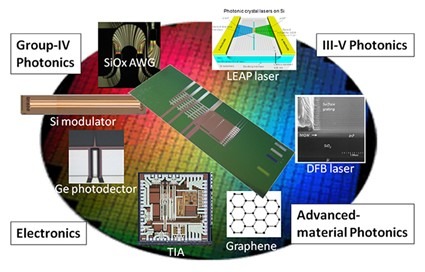
Optics, the branch of physics that studies the behaviour and properties of light, plays a crucial role in our understanding of the universe, from the grand scale of cosmic phenomena to the minute details of nanoscale materials. In recent years, advances in optics have significantly impacted various fields, bridging the gap between the nanoscale and microscale realms. This blog explores the significance of optics across these scales and how they shape modern science and technology.

At the nanoscale, which deals with structures and materials on the order of nanometers (one billionth of a meter), optics helps scientists and engineers explore phenomena that are otherwise invisible to the naked eye. Key areas of interest include:

Transitioning to the microscale, which deals with objects and structures ranging from micrometers to millimeters, optics continues to play a vital role in various scientific and industrial applications:
The intersection of nanoscale and microscale optics represents a frontier of innovation. As technology advances, the ability to control and manipulate light across these scales becomes increasingly important in several ways: